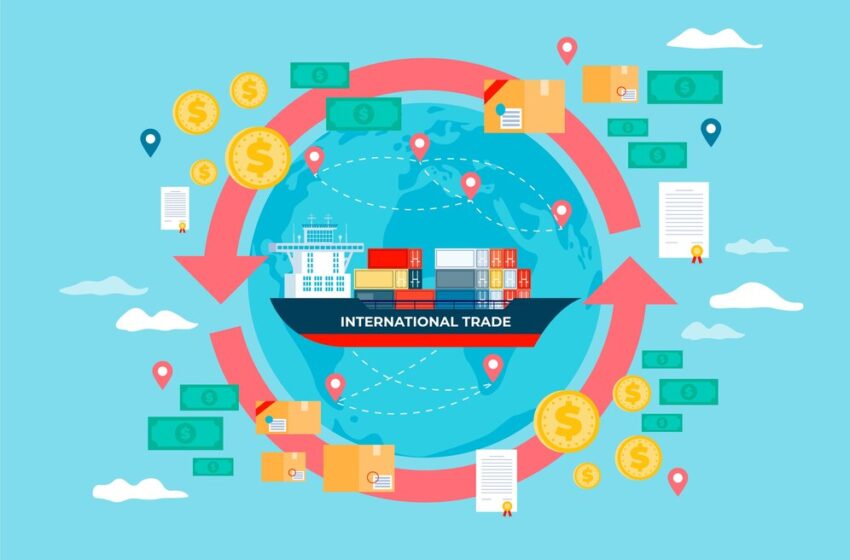The Impact of Tariffs on Global Supply Chains and Pricing Strategies

Tariffs, as a form of trade policy, play a significant role in shaping global supply chains and the pricing strategies of businesses worldwide. This article examines how tariffs affect these areas and what businesses can do to mitigate their impacts.
Understanding Tariffs and Their Role in Global Trade
Tariffs are taxes imposed by governments on imported goods. Their primary objectives are to protect domestic industries, generate revenue, and sometimes to retaliate in trade disputes. The impact of tariffs is twofold:
- Increase in Import Costs: Tariffs raise the cost of imported goods, making them more expensive for consumers and businesses.
- Shift in Supply Chain Dynamics: Companies often need to alter their supply chains to avoid high tariff costs, which can lead to increased complexity and expenses.
Effects of Tariffs on Global Supply Chains
Tariffs can disrupt well-established global supply chains, compelling businesses to reevaluate their sourcing and manufacturing strategies.
- Increased Cost of Goods: The direct consequence of tariffs is the rise in the cost of imported goods. This includes:
- Higher production costs for manufacturers relying on imported raw materials.
- Increased operational costs due to the need for sourcing alternatives.
- Supply Chain Diversification: To mitigate the impact of tariffs, companies often seek to diversify their supply chains. This involves:
- Identifying new suppliers in countries not affected by tariffs.
- Investing in domestic production to reduce reliance on imported goods.
- Logistical Challenges: Changing suppliers or production locations leads to logistical complexities. This includes:
- Longer lead times and potential disruptions in delivery schedules.
- Additional costs for setting up new logistics and transportation networks.
Impact on Pricing Strategies
Tariffs not only affect supply chains but also force businesses to rethink their pricing strategies.
- Passing Costs to Consumers: Often, the increased costs due to tariffs are passed on to consumers in the form of higher prices. This can lead to:
- Decreased demand if consumers are price-sensitive.
- Shifts in market share as consumers seek cheaper alternatives.
- Absorbing Costs to Maintain Market Position: Some businesses choose to absorb the additional costs to keep their prices stable. This strategy involves:
- Reduced profit margins.
- Potential long-term benefits in terms of customer loyalty and market share.
- Dynamic Pricing Models: To manage the volatility caused by tariffs, companies may adopt more dynamic pricing models. These include:
- Flexible pricing that adjusts based on changes in costs.
- Promotional offers to offset the perception of increased prices.
Strategies for Mitigating the Impact of Tariffs
Businesses can adopt several strategies to lessen the negative effects of tariffs on their operations.
- Strategic Sourcing: Developing a flexible sourcing strategy is key. This includes:
- Building relationships with multiple suppliers from different regions.
- Investing in research and development to find alternative materials or products.
- Efficiency Improvements: Enhancing operational efficiency can help offset some of the cost increases due to tariffs. Methods include:
- Automating production processes.
- Streamlining logistics and supply chain management to reduce waste and delays.
- Market Diversification: Exploring new markets can reduce reliance on regions heavily impacted by tariffs. This strategy involves:
- Identifying and entering markets with lower or no tariffs.
- Adapting products to meet the preferences of new customer segments.
Conclusion
Tariffs are a powerful tool that can significantly impact global supply chains and pricing strategies. While they present challenges, they also offer opportunities for businesses to reassess and strengthen their operations. By diversifying supply chains, adjusting pricing strategies, and seeking operational efficiencies, companies can navigate the complexities of tariffs and maintain their competitive edge in the global market.






